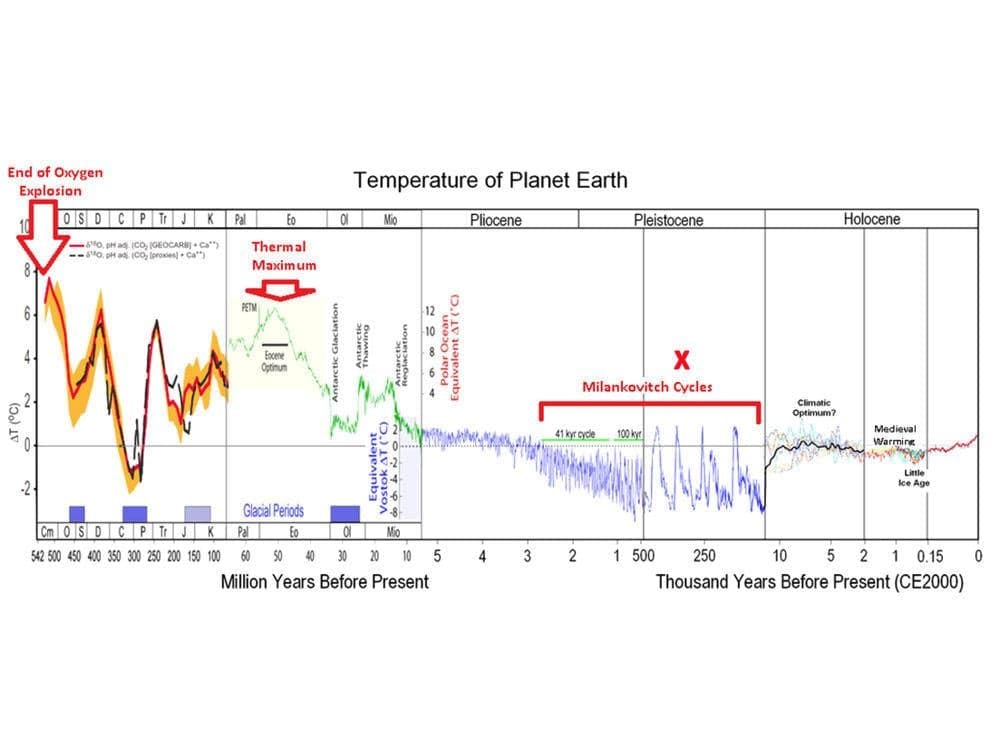The World Meteorological Organization (WMO) recently announced that July 2019 was the warmest July on record. This assessment was based on “adjusted” data provided by NOAA. The WMO attributed the record to climate change driven by anthropogenic CO2 emissions and suggested that it was consistent with what is to be expected from climate change.
Dr. Roy Spencer responded to the WMO announcement, suggesting that July 2019 was not the warmest July ever, but probably the fourth warmest. Spencer stated that these announcements were based on “adjusted” data which shared three major problems: the Urban Heat Island (UHI) effect; inconsistent sea surface temperature measurement approaches; and, incomplete geographic coverage.
Spencer suggested that Global Reanalysis temperature sets would be a more appropriate basis upon which to base pronouncements regarding global temperature. The global reanalyses are only available over the most recent 40 years, rather than the 100+ year records available from the near-surface thermometer records, since they rely in part on the satellite temperature record.
However, Spencer later compared three global reanalysis temperature sets and determined that the ERA5 reanalysis used by the WMO produces a global temperature estimate approximately 0.2°C higher than the other two reanalysis products. While a difference of 0.2° might seem minimal, this difference is between temperature anomaly products and the estimated total global annual average temperature anomaly over the period ranges from 0.38 to 0.94°C, so the difference is approximately 20-50%.
The ERA5 reanalysis also portrays a rate of increase of global average temperature 0.04-0.05°C per decade more rapid than the other two reanalysis products and 0.05°C more rapid than the UAH satellite data record. Again, while 0.05°C per decade might seem minimal, the difference is between temperature anomaly reanalysis products and represents a difference of approximately 38% compared with both the CFSv2 reanalysis product produced by the NOAA National Center for Environmental Prediction and the satellite record produced by UAH.
These differences between temperature reanalysis products are obviously very significant. Perhaps more significant is the fact that we do not know if any of these reanalysis products is accurate. They represent merely best estimates of the temperature anomaly by each of their producers, based on the agglomeration of measurements provided by numerous sources.
In a recent news release, NASA GISS claimed that their temperature anomaly product, GISSTEMP, was accurate to 0.05°C in recent decades, essentially the period over which the reanalysis products have been available. This would suggest that GISSTEMP accuracy is approximately twice as accurate as the average of the temperature reanalysis products, though that cannot be proven.
It is interesting to compare the temperature anomaly estimates from the various producers over the same time period as the temperature reanalyses, or 1979 to present.
NASA GISSTEMP 0.94°C
NOAA NCDC 0.95°C
HadCRUT 4 0.71°C
RSS MSU 0.71°C
UAH 0.38°C
The first three listed anomalies are based on near-surface temperature measurements. Collectively, they average 0.87 +0.08/-0.16°C. This is a large and very significant range. The final two listed anomalies are satellite-based measurements. They average 0.54 +/- 0.16°C, which is also a large and very significant range. Obviously, not all of these global temperature anomaly estimates can be correct; and, it is not certain that any of them is correct.
Such is the status of the “settled science” of global annual temperature anomaly measurement.
